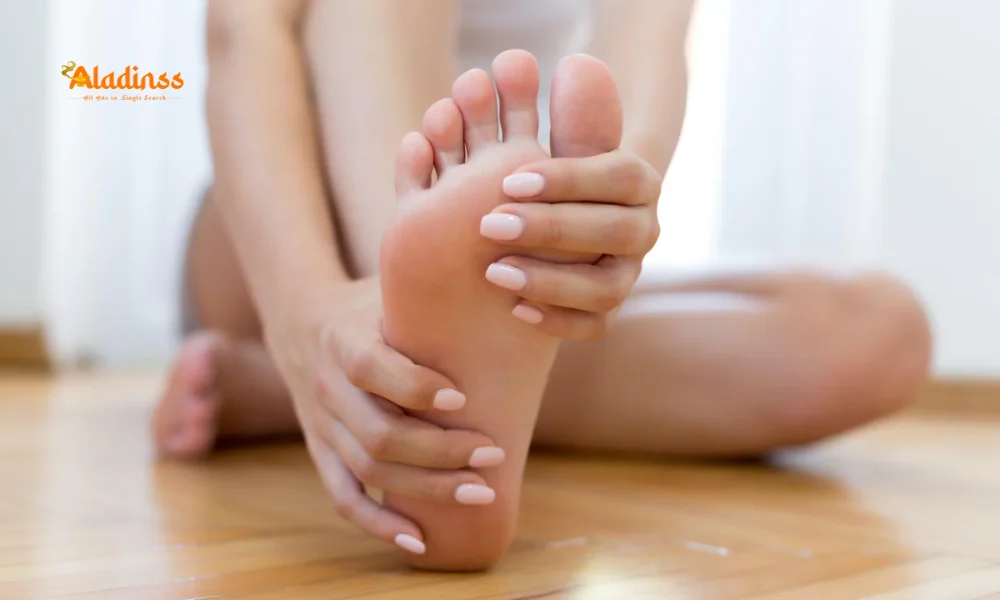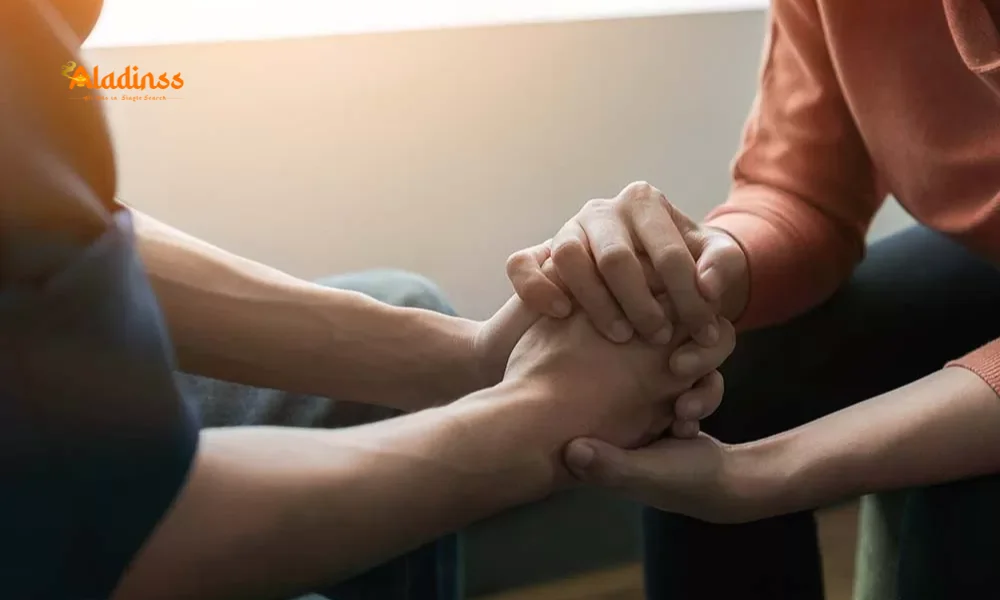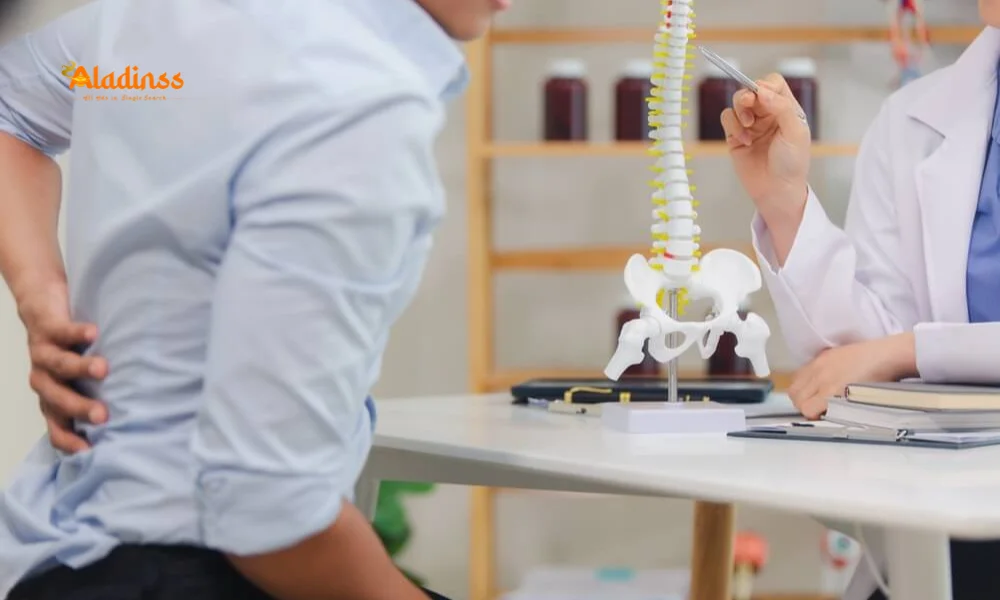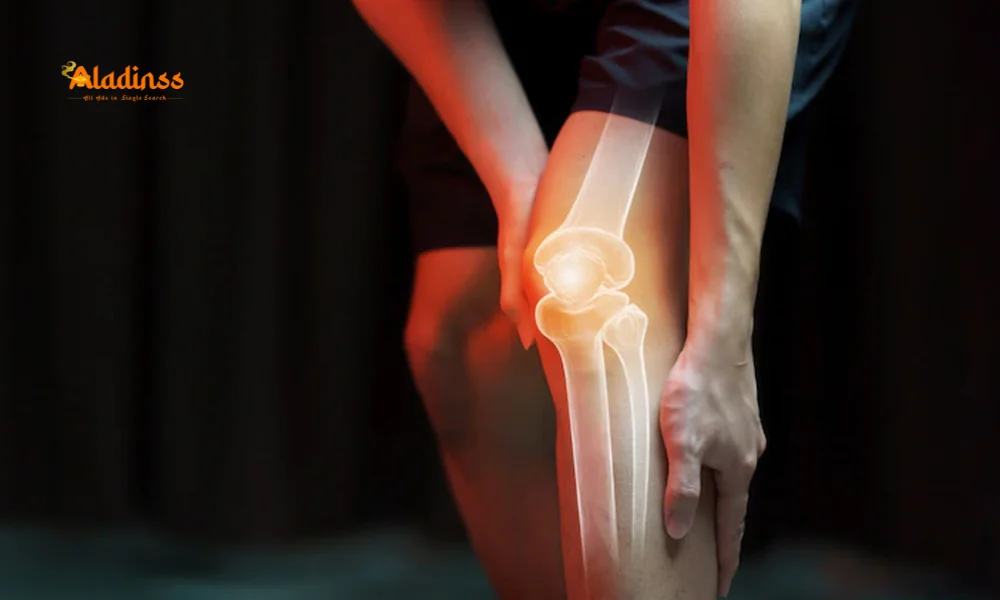Early Osteoporosis Risks: Beat Lifestyle Traps Now
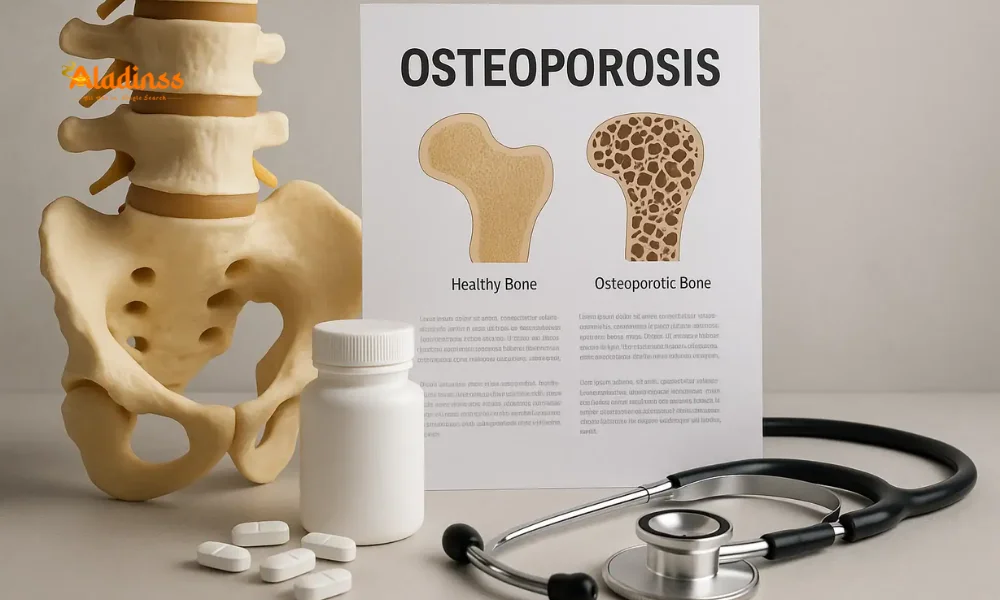
Factors Leading To The Early Onset Of Osteoporosis: Lifestyle, Menopause And Sedentary Habits

When we chat about bone health in everyday conversations, it's easy to picture it as an issue for grandparents, not something sneaking up in our 40s or 50s. But Factors Leading To The Early Onset Of Osteoporosis: Lifestyle, Menopause And Sedentary Habits reveal a quieter crisis building in modern lives, where daily choices quietly erode our skeletal strength. As Dr. Dharam P. Pandey, Director of CPRS at Sharda Care Healthcity, often notes in his consultations, patients in their late 40s show up stunned by diagnoses that feel decades premature. This shift isn't random-it's a wake-up call from how we're eating, moving (or not), and navigating hormonal changes, turning what should be peak vitality years into vulnerability zones.
Osteoporosis, that sneaky thief of bone density, used to be a senior citizen's story, but today it's rewriting scripts for midlifers, especially women. Imagine your bones as a savings account: youth deposits peak mass around 30, then withdrawals accelerate if habits don't support the balance. Dr. Pandey's practice sees this firsthand-women post-menopause losing up to 2% density yearly without intervention. It's not just medical jargon; it's about feeling strong enough to chase kids, hike trails, or simply lift groceries without worry.
In this piece, we'll unpack the culprits behind this early creep-from rushed meals to couch marathons-and share actionable steps to fortify your frame. Because knowing the factors leading to the early onset of osteoporosis empowers you to rewrite your story, blending wellness with the beauty of aging gracefully.
Daily Choices That Chip Away: The Lifestyle-Nutrition Link
Our plates tell the tale of bone health more than we realize. In the rush of work lunches and quick dinners, nutrient powerhouses like spinach, yogurt, or almonds often take a backseat to processed grabs. Calcium, the bone's building block, needs 1,000-1,200 mg daily, yet surveys show 70% of urban Indians fall short, per ICMR data. Without it, bones leach reserves, accelerating porosity.
Vitamin D, the absorption key, fares worse-sun-shy lifestyles mean 80% deficiency rates in cities, robbing calcium's effectiveness. Dr. Pandey likens it to constructing a house without mortar: structurally sound in theory, but crumbling under load. Add smoking's toxin assault, leaching minerals 20% faster, or alcohol's interference with osteoblast cells, and the deficit snowballs.
Stress, that modern plague, spikes cortisol, suppressing bone formation by 15%, per endocrine studies. Poor sleep compounds it, disrupting growth hormone cycles essential for repair. The fix? Swap sodas for fortified milkshakes, sneak 15-minute sun walks, and prioritize greens-small swaps yielding 10-15% density gains over months.
Movement Matters: How Sedentary Habits Hasten Bone Loss
"Use it or lose it" rings truest for bones, living tissues that thrive on stress. Sedentary habits-desk jobs, binge-watching, endless scrolling-signal idleness, prompting resorption over renewal. A Harvard study links 4+ hours daily sitting to 35% higher fracture risk, as bones adapt by thinning, ill-equipped for impacts.
Weak muscles exacerbate: without resistance, they can't cushion falls, spiking injury odds. Dr. Pandey sees this in clinic-office workers in their 50s with spines like honeycomb from years of inertia. Counter it with weight-bearing walks (30 minutes daily boosts density 2%), yoga's twists for spine loading, or home squats mimicking daily lifts.
Integrate play: dance classes or gardening apply joyful stress, enhancing not just bones but mood via endorphins. Over 6 months, consistent movement can reverse 5-7% loss, proving habits heal what neglect harms.
Menopause's Silent Shift: Hormonal Hurdles for Women
Menopause, that empowering transition, brings estrogen's ebb, unbalancing bone turnover. Pre-menopause, estrogen curbs osteoclasts (breakdown cells); post-, they surge, eroding 1-2% yearly in the first five years, per menopause societies. Dr. Pandey notes 40s perimenopause as the stealth phase, with hot flashes masking density dips until fractures hit.
Risk amplifies with early onset (under 45), doubling odds via prolonged low-estrogen exposure. Symptoms like fatigue mimic it, delaying diagnosis. Mitigate with HRT discussions (if suitable), soy isoflavones for mild boosts, or bisphosphonates for high-risk. Pair with calcium 1,200 mg and D 800 IU daily, slashing loss by 30%.
Empowerment lies in awareness: DEXA scans from 50 (earlier if family history) catch it early, blending medical and mindful paths to navigate this natural phase with poise.
Holistic Prevention: Your Roadmap to Resilient Bones
Tackling factors leading to the early onset of osteoporosis demands a tapestry of tweaks. Start with audits: track calcium via apps, log steps for 10,000 daily. Supplements fill gaps-magnesium for absorption, K2 directing calcium to bones-but whole foods win: kale smoothies or sesame laddus infuse joy.
Quit smoking's 50% risk hike with patches, limit alcohol to one drink weekly. Stress-busters like journaling or walks in nature lower cortisol 20%. For menopause, yoga nidra eases symptoms, complementing meds.
- Diet audit: Aim 3 dairy servings, 20-min sun.
- Move mix: Weights thrice weekly, walks daily.
- Hormone check: Annual consults from 45.
Screenings like FRAX tools predict risk, guiding personalized plans. Community walks or bone-health clubs foster accountability, turning solo efforts communal.
Empowering Stories: Real Women Reclaiming Bone Strength
Meet Priya, 48, a Mumbai executive whose perimenopause fatigue masked osteoporosis until a wrist fracture. Swapping desk snacks for yogurt parfaits and joining Zumba thrice weekly, she regained 8% density in a year, ditching painkillers for confidence. Or Sunita from Delhi, 52, who post-menopause ditched heels for hikes, blending estrogen therapy with kale salads to halt loss.
Dr. Pandey's patients echo this: a teacher quitting late-night grading for 10 PM bedtimes saw cortisol drop, bones stabilize. These tales prove factors leading to the early onset of osteoporosis are reversible with commitment, inspiring midlife reinvention.
From forums to family chats, sharing journeys demystifies it, fostering support networks that amplify individual wins.
Future-Proofing: Long-Term Strategies for Bone Vitality
Looking ahead, tech aids tracking: wearables monitor steps, apps log nutrients. Gene tests predict risk, tailoring plans-e.g., VDR variants needing extra D. Policy pushes, like workplace yoga mandates, could normalize prevention, cutting societal costs of ₹50,000 crore yearly in fractures.
Community gardens promote veggie intake, while menopause clinics offer holistic care. For men, too-testosterone dips mirror estrogen's-testosterone checks from 50 prevent parallel losses.
Ultimately, Factors Leading To The Early Onset Of Osteoporosis: Lifestyle, Menopause And Sedentary Habits remind us: small, joyful shifts today build unbreakable tomorrows, letting us age with elegance and ease.
Comment / Reply From
No comments yet. Be the first to comment!


